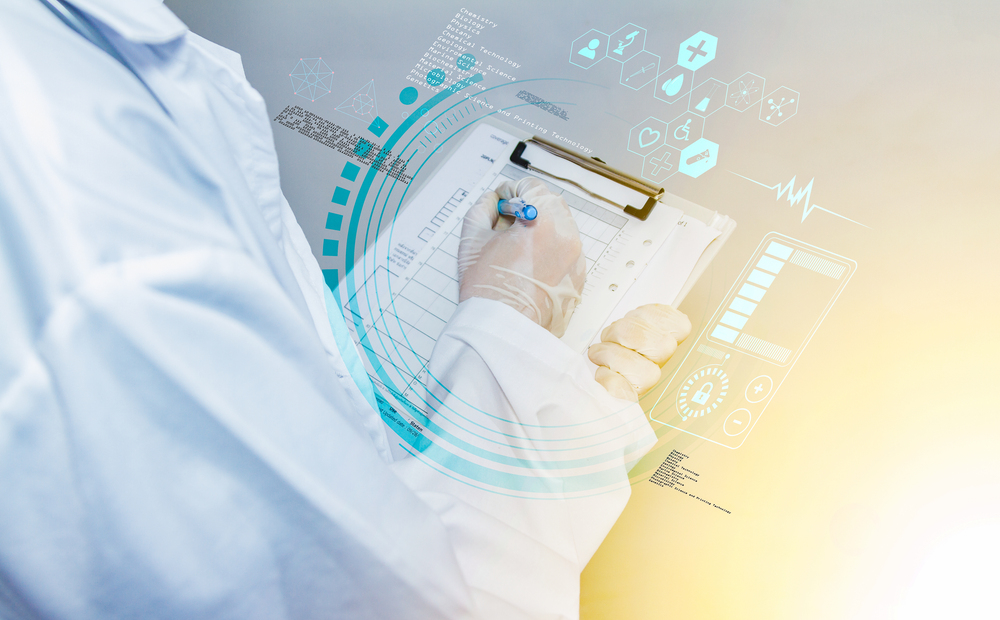Keesense
Brochure
Please complete the form below and we will send you our brochure
Contact
Clinical-trial decentralization existed in certain cases before the COVID-19 pandemic, but the crisis accelerated virtualization in both consumer and trial contexts. McKinsey surveys noted that up to 98 percent of patients reported satisfaction with telemedicine, while 72 percent of physicians reported similar or better experiences with remote engagement compared with in-person visits.
GlobalData recently conducted a survey to indicate how the pharmaceutical and healthcare industry is working on the issue of clinical trial disruptions amid the pandemic. According to the survey, 17% of the respondents adopted RPM (Remote Patient Monitoring) to deal with clinical trial disruptions, while another 15% intend to switch to decentralized clinical trials. About 14% were in favor of remote site initiation visits, while 13% of the companies asked research staff to work remotely.


When the threat of COVID-19 passes, many expect RPM to remain a critical element in therapeutic efficiency programs. According to experts who spoke with The Scientist, remote approaches offer sponsors and investigators multiple advantages, from efficiency and cost effectiveness to improved patient compliance and datasets. RPM reduces the time commitment for patients taking part in the trials, which many hope can help the “democratization of clinical trials” to enable diverse representation of study participants across demographics, regions, and a variety of cohort factors.
The U.S. Food and Drug Administration (FDA), for example, is encouraging a faster transition to RPM to maintain oversight of clinical sites. RPM reduces the expenses associated with launching a clinical trial. The technology requires less travel from participants, conserves site resources and reduces burnout and turnover among those participating.
Keesense is a connected medical device (CE Class IIa) in the form of a machine washable, wearable t-shirt which allows continuous, real-life monitoring of multiple physiological parameters. The vital signs data collected by Keesense can be automatically and securely transmitted to healthcare providers for them to track patients’ response to medical treatment programs, enable dosage optimization and regimen recalibration in real time.
Worn like any other everyday garment without needing to maintain the smart sensors, Keesense greatly encourages participant compliance and reduces drop-out rates throughout the virtual clinical trial process or digital therapy services. More importantly, unlike other wearables that require patients to take a reading, Chronolife’s smart t-shirt automatically and continuously records multiple medical measurements, guaranteeing continuous data integrity and accuracy.
Thanks to its multiparametric capabilities and its end-to-end model, Keesense enables pharmaceuticals to virtually collect, visualize and analyze clinical trial participants’ physiological data via one of our remote monitoring platform partners, allowing them to monitor a large number of decentralized remote patients at the same time regardless of physical barriers.

| Cookie | Duration | Description |
|---|---|---|
| cookielawinfo-checkbox-analytics | 11 months | This cookie is set by GDPR Cookie Consent plugin. The cookie is used to store the user consent for the cookies in the category "Analytics". |
| cookielawinfo-checkbox-functional | 11 months | The cookie is set by GDPR cookie consent to record the user consent for the cookies in the category "Functional". |
| cookielawinfo-checkbox-necessary | 11 months | This cookie is set by GDPR Cookie Consent plugin. The cookies is used to store the user consent for the cookies in the category "Necessary". |
| cookielawinfo-checkbox-others | 11 months | This cookie is set by GDPR Cookie Consent plugin. The cookie is used to store the user consent for the cookies in the category "Other. |
| cookielawinfo-checkbox-performance | 11 months | This cookie is set by GDPR Cookie Consent plugin. The cookie is used to store the user consent for the cookies in the category "Performance". |
| viewed_cookie_policy | 11 months | The cookie is set by the GDPR Cookie Consent plugin and is used to store whether or not user has consented to the use of cookies. It does not store any personal data. |
